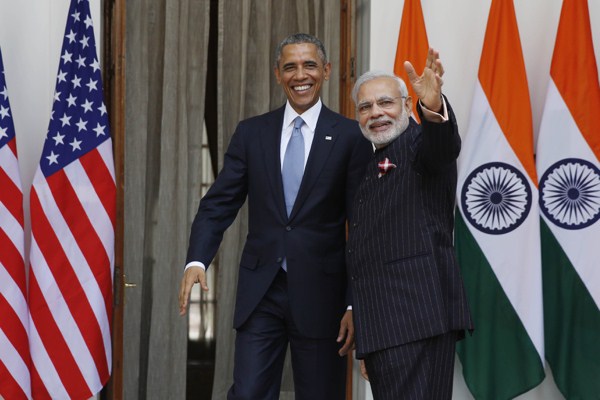U.S. President Barack Obama’s January visit to India saw some long-awaited movement on the two countries’ Defense Trade and Technology Initiative (DTTI), touted by both sides as a means to transform the current buyer-seller defense relationship into one based on coproduction and co-development. In pursuit of this stated goal, India and the U.S. have agreed upon some pathfinder projects for production of U.S.-origin systems in India, in addition to exploring several high-end joint technology development proposals. The moves confirm that the DTTI will be a key element of the two sides’ renewed bilateral defense pact as it moves into its second decade.
The four projects identified to kick-start DTTI are the RQ-11 Raven hand-launched drone; a reconnaissance module for the Indian air force’s C-130Js; mobile-power generators for field use; and a next-generation protective suit for nuclear, biological and chemical attacks. These items mark modest progress on DTTI, which is nevertheless seen as a cornerstone of the “2015 Framework for the U.S.-India Defense Relationship” announced during Obama’s visit. The framework, which will “guide and expand the bilateral defense and strategic partnership over the next ten years,” also includes a research, development, testing and evaluation agreement to facilitate cooperation in defense research and development.
Nevertheless, although India is willing to start with relatively modest items to allow both sides to become familiar with each other, New Delhi is keen to gain access to “transformative and unique” defense technologies from the U.S., as Secretary of Defense Production G. Mohan Kumar put it recently. That would allow the defense relationship to dovetail with Prime Minister Narendra Modi’s “Make in India” initiative. But U.S. manufacturers are reluctant to transfer technology at the component level for some systems and remain guarded on precisely what systems will be offered with complete technology transfer, as they do not want to hasten India’s rise as an industrial competitor in the defense sector.

